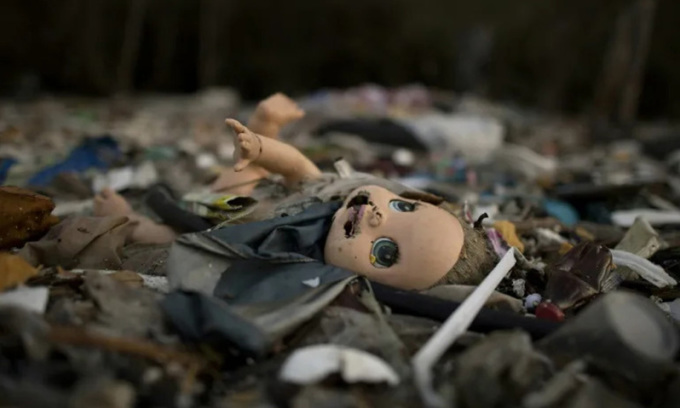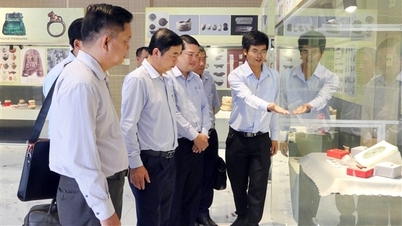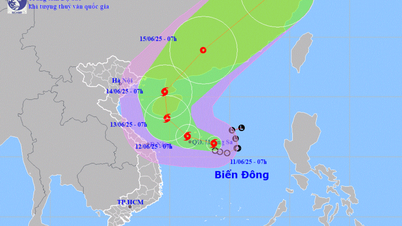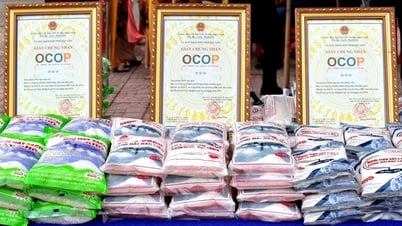Many household items contain valuable metals such as lithium, gold, silver, and copper, but are not recycled.

Toys, cables, e-cigarettes and many other household items contain valuable metals that are not recycled. Photo: Noel Celis
Every year, consumers throw away or keep large amounts of unused electronic devices that contain raw materials vital for the transition to green energy, according to a report released by the United Nations Institute for Training and Research (UNITAR) on October 12.
Toys, cables, e-cigarettes, tools, electric toothbrushes, shavers, headphones and other household items contain metals such as lithium, gold, silver and copper. Demand for these materials is expected to increase as they play a key role in rapidly growing green industries, such as the production of electric vehicle batteries. In Europe alone, demand for copper is expected to increase sixfold by 2030 due to growing demand in key sectors such as renewable energy, communications, aerospace and defence.
However, the materials are being wasted because this "invisible" waste is thrown away or left to collect dust in the house instead of being recycled. UNITAR said that the amount of "invisible" electronic waste in the world is up to 9 billion kg per year, the raw materials inside are worth 9.5 billion USD, equivalent to about 1/6 of the value of all electronic waste estimated in 2019.
"Invisible e-waste is often left out of the recycling purview of recyclers because it is not considered e-waste. We need to change that and an important solution is raising awareness," said Magdalena Charytanowicz, an expert at the Waste Electrical and Electronic Equipment Forum.
More than a third of invisible waste comes from toys such as racing cars, talking dolls, robots, and drones, with 7.3 billion of them thrown away each year. UNITAR’s report said the weight of the 844 million e-cigarettes thrown away each year is equivalent to six Eiffel Towers. The study also found that 950 million kilograms of recyclable copper cables were discarded last year, enough to circle the Earth 107 times.
In Europe, 55% of e-waste is recycled, but the global average falls to just over 17%. According to Charytanowicz, recycling rates have dropped to almost zero in some parts of South America, Asia and Africa, often due to a lack of collection points. Manufacturers have been responsible for waste collection and recycling in Europe since 2005, and most of them cooperate with environmental agencies. However, recycling rates are uneven, reflecting a lack of awareness and information among consumers, according to Guillaume Duparay, a member of the French non-profit Ecosystem.
Thu Thao (According to AFP )
Source link





































































































Comment (0)